A Fluoro Dive is the latest and probably fanciest addition in Scuba Diving. A Fluorescence Night Dive is like being live in Avatar. Maybe it is a fancy thing which goes away as quickly as it came, nevertheless for those who have the options, they should give it a try, it is pretty cool.
While most Advanced Open Water Diver who did the night dive got shown the Bioluminescence by their instructor, or just saw that glowing star-like plankton glowing around the fins of another diver, the Fluoro Dive just brings that up a few notches.
The Coral Fluorescence is nothing really that new in Scuba Diving. Charles Mazel can be named as one of the pioneers starting to investigate that phenomenon in the 1970s. Later he worked on the idea how to have that effect captured in pictures and on film. So first a brief explanation about that:
Coral Fluorescence
That specific “glowing” in bright green, orange and yellow comes from some specific proteins in the corals and other aquatic life. Those protein produced light-waves are usually not strong enough that our human eye can see it, so we need to emphasize that activity somehow. Like in your first night-dive, your instructor might ask you to cover your torch while he waves like a maniac through the water to show you the Bioluminescence.
To activate the Coral Fluorescence to be (for us humans) visible Charles Mazel started experimenting by stimulating the proteins with different bright light sources in an aquarium. The reflection of the light was so strong that he developed different filters to filter out that strong light waves and make the Coral Fluorescence visible for the human eye.
Mazel did a lot of experimenting in Marine Aquariums before he started the company NightSea and developed a torch which can be used for Scuba Diving… the Fluoro Dive was born. The Blue Star Flashlight produces a very strong blue beam which “tickles” the proteins of the host and raises their activity which produces this extreme “flashy” fluorescent colors. To filter out the reflected (for a Fluoro dive unwished) bright light, the diver will wear an additional yellow filter under his mask and off he is to Avatar.
Horst Grunz, a German professor of the University of Duisburg-Essen and a passionate diver did some experiments sponsored HiTec LED’s by Osram and recorded that stunning video:
Like most equipment in diving, Mazel’s NightSea Blue Star underwater lights are not that cheap and range from US$ 175 to almost US$ 700. According to Horst Grunz you might also use Cree LED’s in royal blue. At present those lights are mainly used by Universities for studying the Coral Fluorescence but more and more dive shops in the world get a set of that special torches to be able to offer their guest this fancy Fluoro Dive.
Cheers
Rhoody

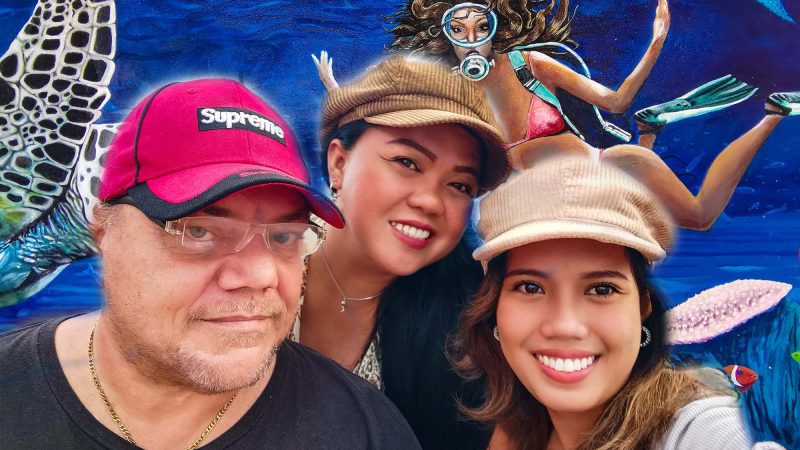
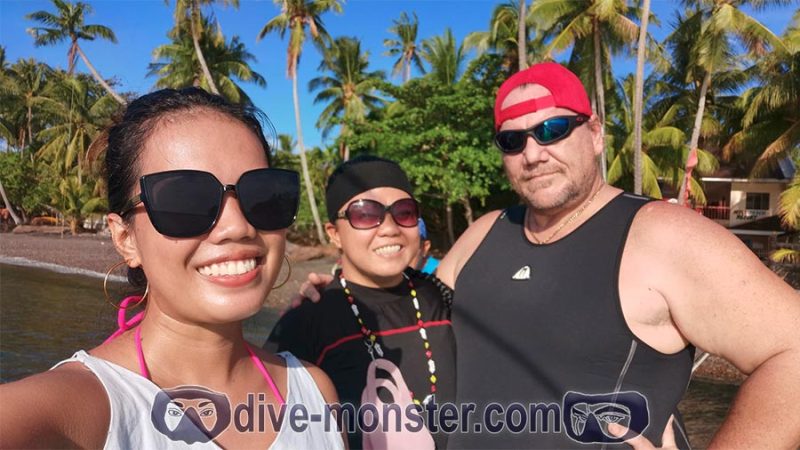
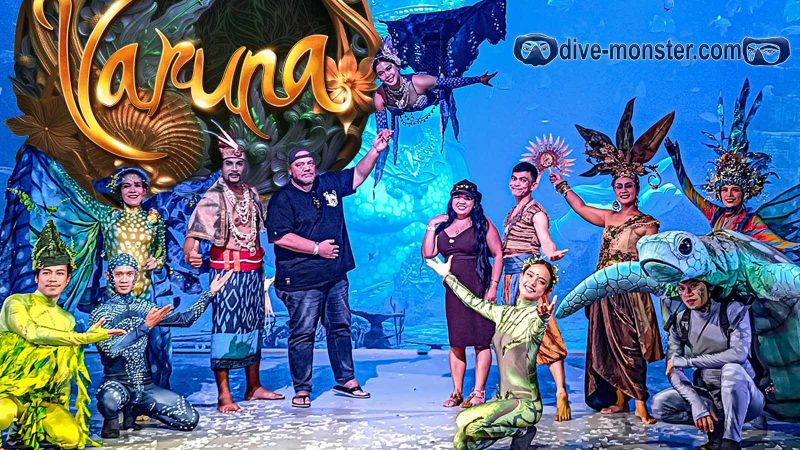
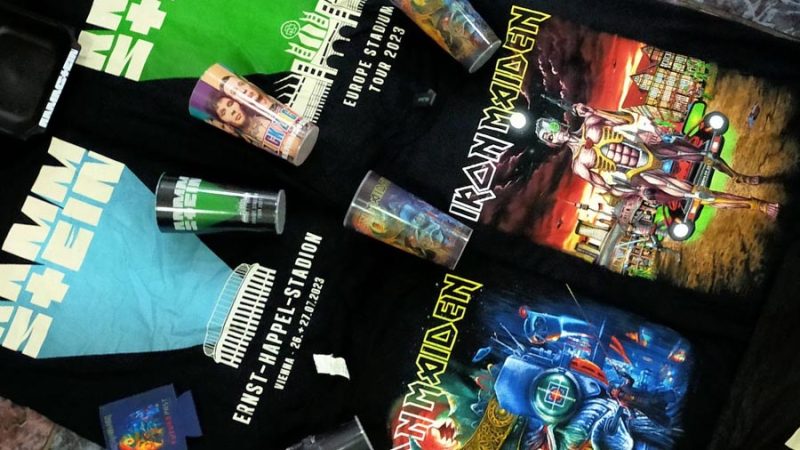


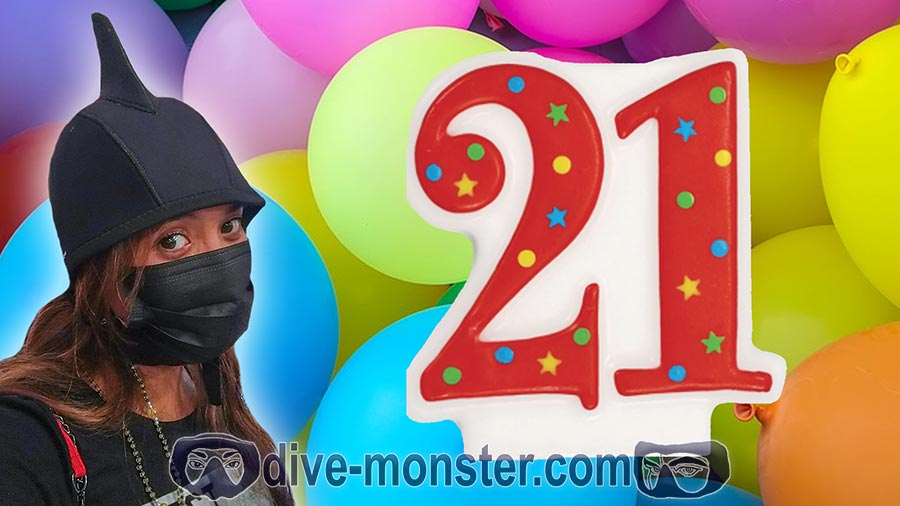

I just saw this article with my YouTube movie. Meanwhile a better one is available >http://www.youtube.com/watch?v=ZGWcoM7Apyc and http://www.youtube.com/watch?v=O9GfctqCGKE
I am still looking for good places to demonstrate my HighTec fluorescence torches.
Regards
Horst
Hello Horst,
thanks for your reply. I only had the chance once to try that kind of diving and it was great. I hope more shops in this area would equip their shop with some sets. You should send me a set of two and I travel the Philippines to promote and sell them 🙂
All the best
Rhoody
What consideration is given to the long term ramifications of stressing the corals (which are under considerable stress already)? Will this fad become as reprehensible as riding turtles and grabbing puffer fish which were “quite the rage” for a diver in the 70’s & 80’s.